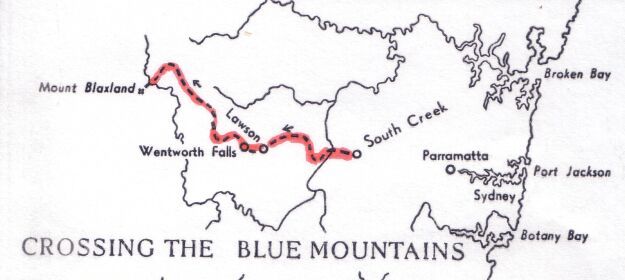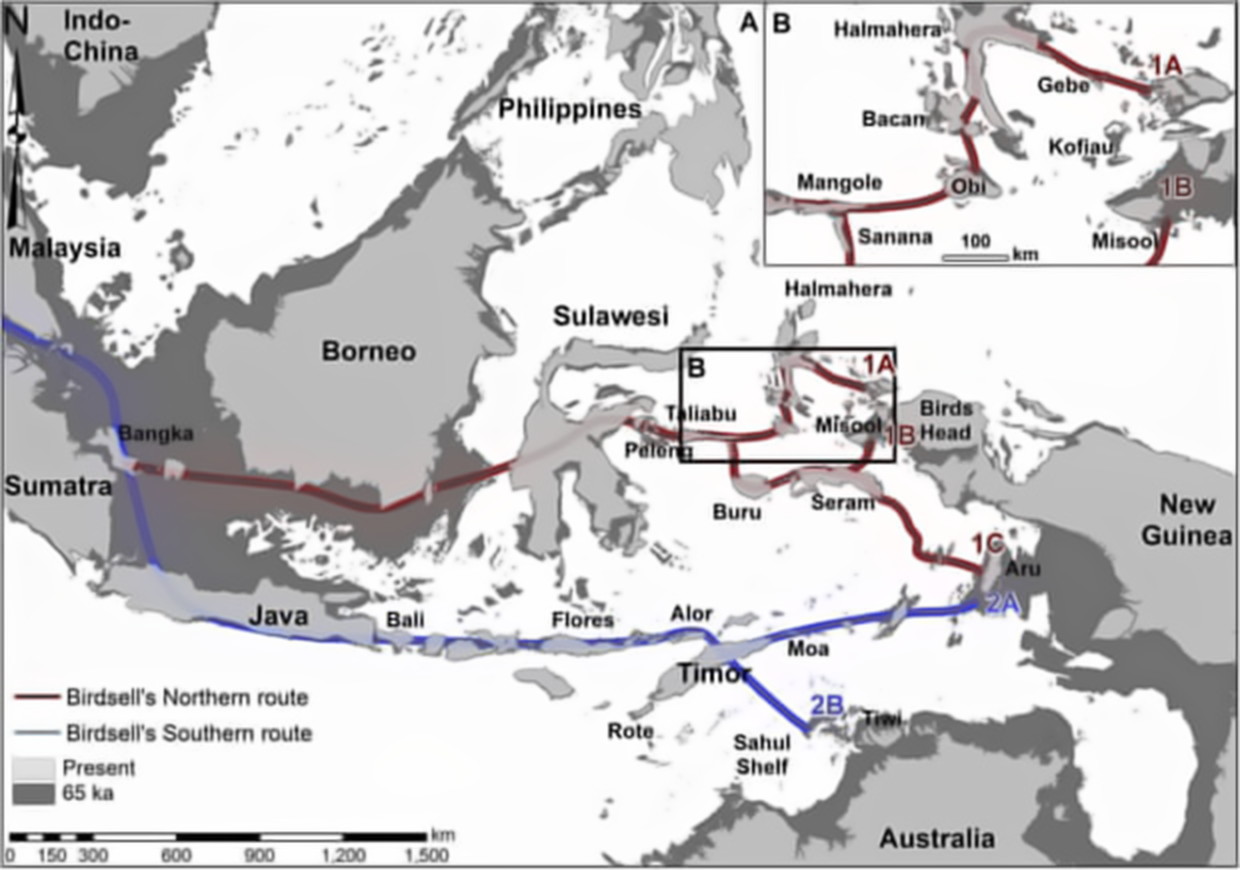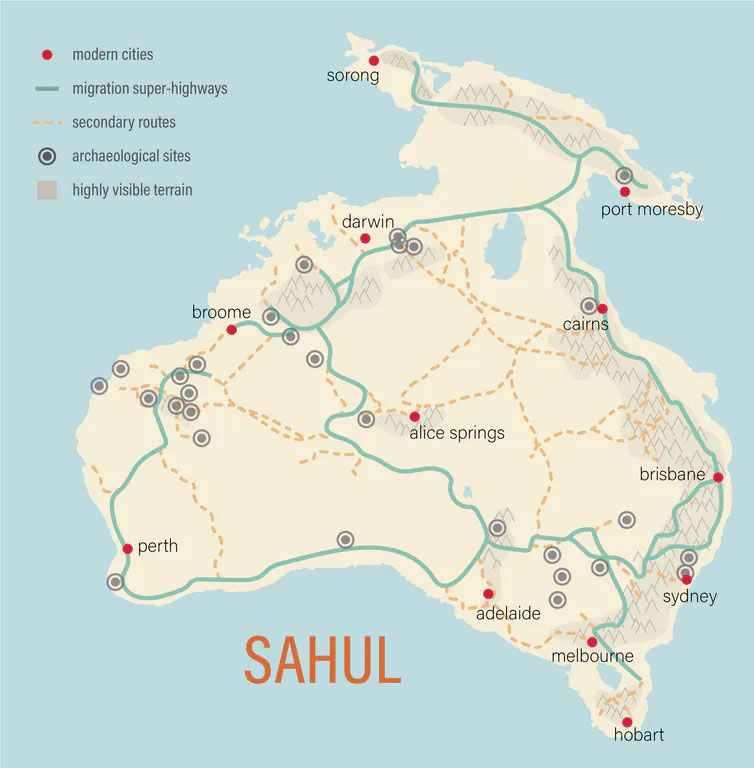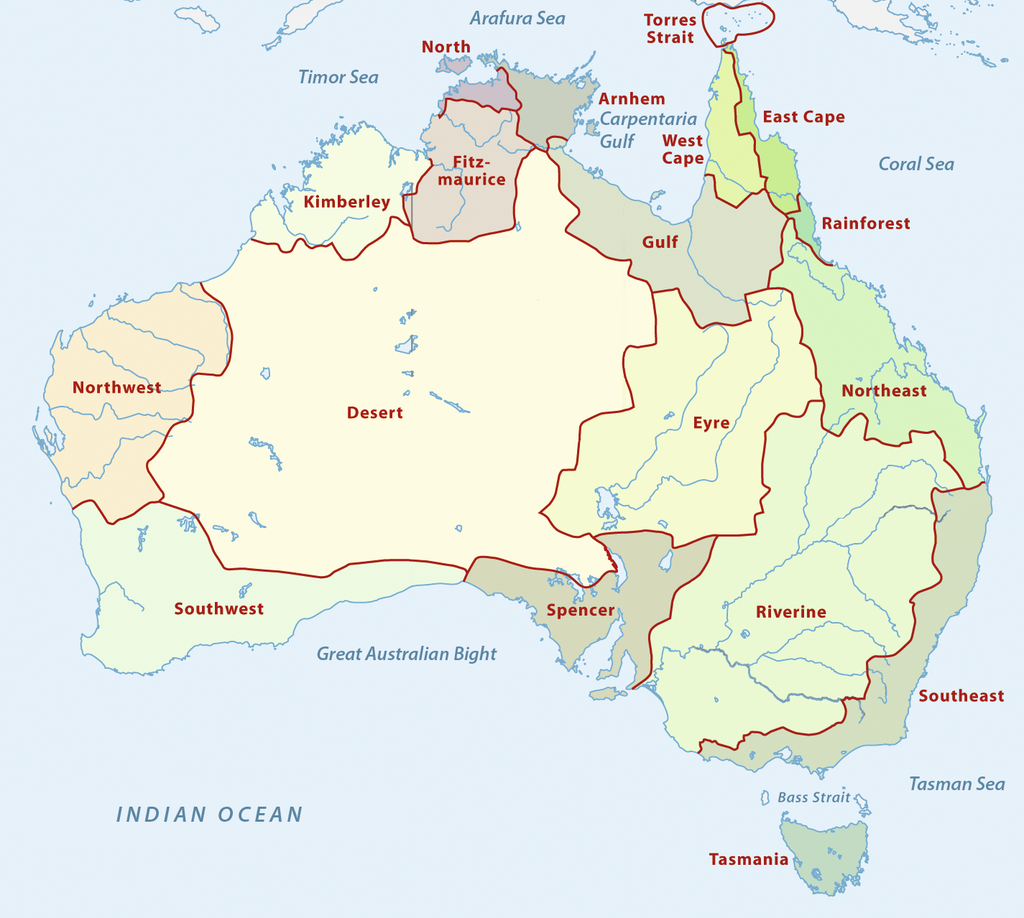
AsianOverland.net
Tour Guide - Itinerary
Asian Overland Sydney to London
Started 22/06/2022 Finished 21/06/2023365 Days ITINERARY
Day 365 date 21/06/2023MUNGO NATIONAL PARK to SYDNEY, AUSTRALIA
ASIAN OVERLAND SYDNEY TO LONDON DAY 365: MUNGO NATIONAL PARK TO SYDNEY, AUSTRALIA
Day 365 is the last day of the return leg of the Sydney to London overland itinerary contained in the 1979/1980 Top Deck Asian Overland brochure, which I used as a courier and tour guide on my Top Deck overland trips in 1980.
I’m sure many other overland travellers have followed this type of Asian overland itinerary, at least partly, often following the footsteps of Alexander the Great and/or Marco Polo in Asia.
June 21 is also the day of the winter solstice in the Southern hemisphere.
With the assistance and guidance of Aboriginal ambassadors, Mitchell (1835) and Sturt (1829) were the first Europeans to visit the Darling River in the far west of New South Wales. Both recorded "permanent huts" facing in the same direction on many occasions, with an open fire in front of each hut.
Charles Sturt recorded (at page 254 of NARRATIVE OF AN EXPEDITION INTO CENTRAL AUSTRALIA, LONDON, 1849):
"The huts also faced the north-west, and each had a smaller one attached to it as shown in the sketch."
The local Aboriginal people who had lived in Australia for over 65,000 years, had permanent huts often facing north-west, able to view every evening's sunset from the shortest day in winter (today, 21 June, the winter solstice in the southern hemisphere), to the longest day of the year (in 6 months’ time, the summer solstice).
The first human Aboriginal and Torres Strait Islander people arrived in Australia about 65,000 years ago, during an ice age era of low sea levels, mostly crossing land bridges between Asia and Australia. By 35,000 years ago, all of Australia was occupied, including the southwest (Rotnest Island) and southeast (Tasmania).
Tasmania, Rotnest island, New Guinea and Kangaroo Island, became islands when sea levels rose during the last ice age between 13,500 and 8,000 years ago, isolating Aboriginal people who lived on those newly created islands from mainland Australia.
The end of the last ice age and rising sea levels also isolated Aboriginal and Torres Strait Islander people from the agricultural revolution which first developed about 12,000 years ago in Egypt, Mesopotamia and the Indus Valley. Until that era, all human beings were nomadic hunter gatherers, but none were as sophisticated as the Aboriginal and Torres Strait Islander people, who were each given a specific totem by their Elders, an animal and/or plant they must study, nurture and maintain, for the collective benefit of their clan and Nation.
The Aboriginal totem system ensured specialisation of the knowledge required for each animal and plant to live and be culled, eaten and sustained on a seasonal basis. Kangaroo Grounds and Valleys were maintained and sustained with Kangaroo and other native Grass so they could be easily hunted.
Before the British eventually came in the 1820’s, thousands of Aboriginal people visited the Brewarrina Aboriginal Fish Traps on the Barwon River at Brewarrina, for large corroborees. Each nation or clan's use of the fish traps was controlled by strict laws. Spearing in the leg or shoulder and banishment were common penalties. Brewarrina retains Aboriginal sites consisting of axe grinding grooves, burial grounds, open campsites, knapping sites, scarred trees, ceremonial sites, middens and stone quarries.
While the rivers were important Aboriginal travel and trade routes, each nation or tribe had clearly defined country, the boundaries commonly marked by prominent physical features. Overwhelming evidence of the occupation and use of these places survives across Australia in campsites, caves, middens, scarred trees, stone quarries, stone arrangements, burial grounds, ceremonial sites and rock art.
Archaeological relics are concentrated along rivers, reflecting the intensive occupation of Australia. In 1829 Charles Sturt recorded a permanent camp of 70 huts each capable of housing 12-15 people beside the Darling River near present-day Bourke. Similarly, Thomas Mitchell recorded the existence of permanent huts on both banks of the Darling River above Wilcannia in 1835.
In 1993 I had the honour of appearing for ISABEL COE ON BEHALF OF THE WIRADJURI TRIBE v. THE COMMONWEALTH OF AUSTRALIA and STATE OF NEW SOUTH WALES with Peter Kilduff as my junior barrister, where Mason CJ of the High Court of Australia recited part of the Statement of Claim which sets out the Wiradjuri nation’s geographical country –
“3. The Wiradjuri nation ... extends from the upper reaches of the Wambool
(Macquarie) River in its northern border, the Murray River in its southern border, and the Great Dividing Range and the Murrumbidjeri (Murrimbidgee) River in its eastern border and the flood plains of the Kalar (Lachlan) River in its western border and comprises approximately 80,000 square kilometres) and have continued to have rights to the said land by reason of their traditional connection to the said land, notwithstanding any wrongful or unlawful extinguishment, forced dispossession ..."
The British arrived at Botany Bay on 26 January, 1788 to establish a prison colony, and quickly moved to Sydney Cove. It took another 25 years before Blaxland, Wentworth and Lawson finally managed to cross the Blue Mountains Great Dividing Range in 1813, and have the first European view of the magnificent, manicured country of the Wiradjuri and other Aboriginal nations, who had settled and permanently occupied their country over the past 65,000 years.
If I wrote my daily spiel to give pro rata weight to the Aboriginal (65,000 years) and European (250 years) history of Australia, I would be writing 260 words of Aboriginal history for every word of European, British and/or new Australian history.
In 1901, the European immigrants of Australia adopted an Australian Constitution which expressly excluded the First Nations people of Australia as human beings. This outrageously racist omission was finally rectified in 1967, when the new Australians finally recognised the Aboriginal and Torres Strait islander people, who had occupied and nurtured Australia for more than 65,000 people, as human beings who have voting rights in Australia.
The Australian Constitution to this day, still does not recognise the Aboriginal and Torres Strait islander people as the first Australians.
PETER SEARLE
21 JUNE, 2023
© This work is copyright. Apart from any use permitted under the Copyright Act 1968, no part may be reproduced by any process, nor may any other exclusive right be exercised, without the permission of Peter Searle, peter@portseavillageresort.com; 1980-2024.
Website built by Justin O’Dea www.webdeveloperdocklands.com.au





